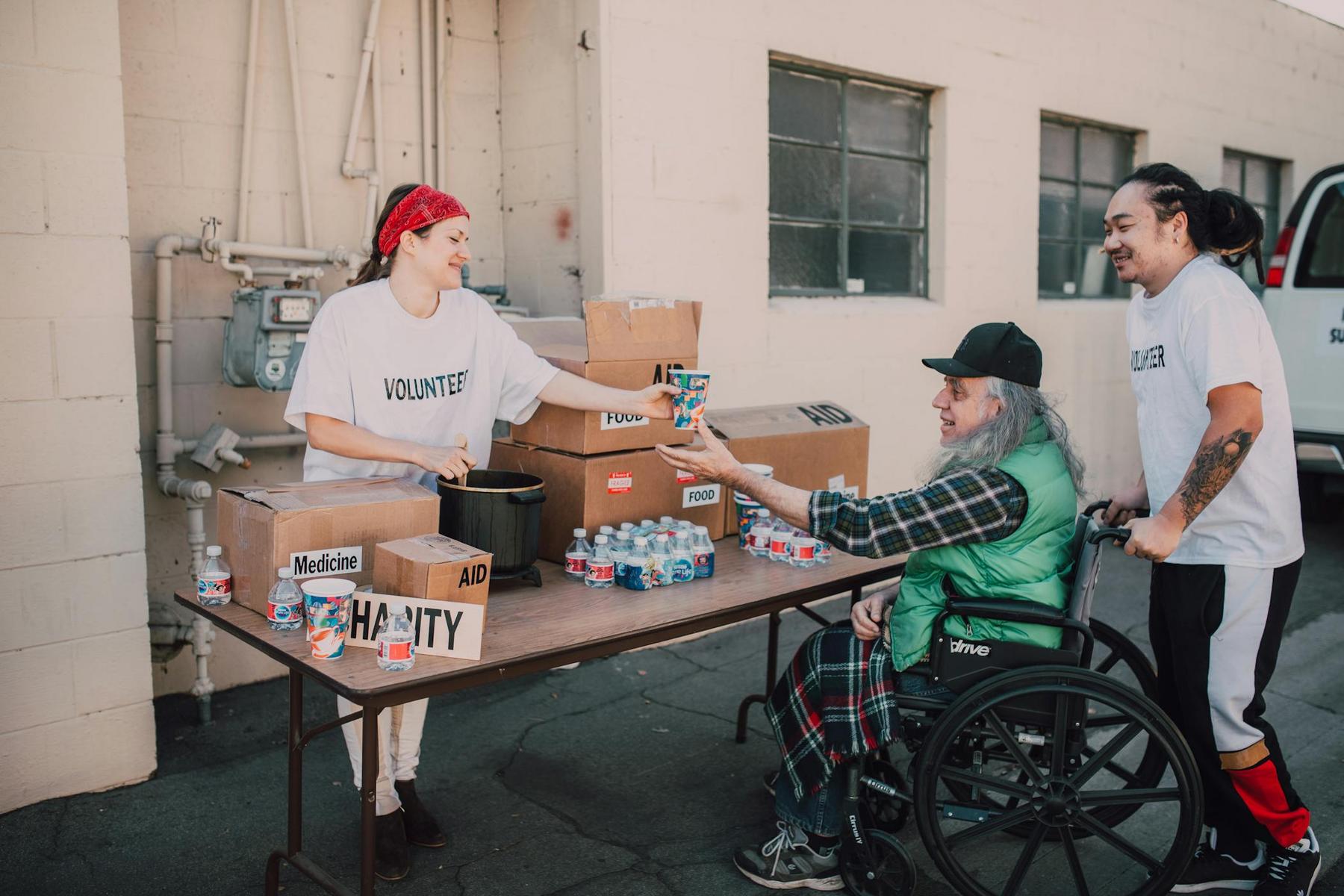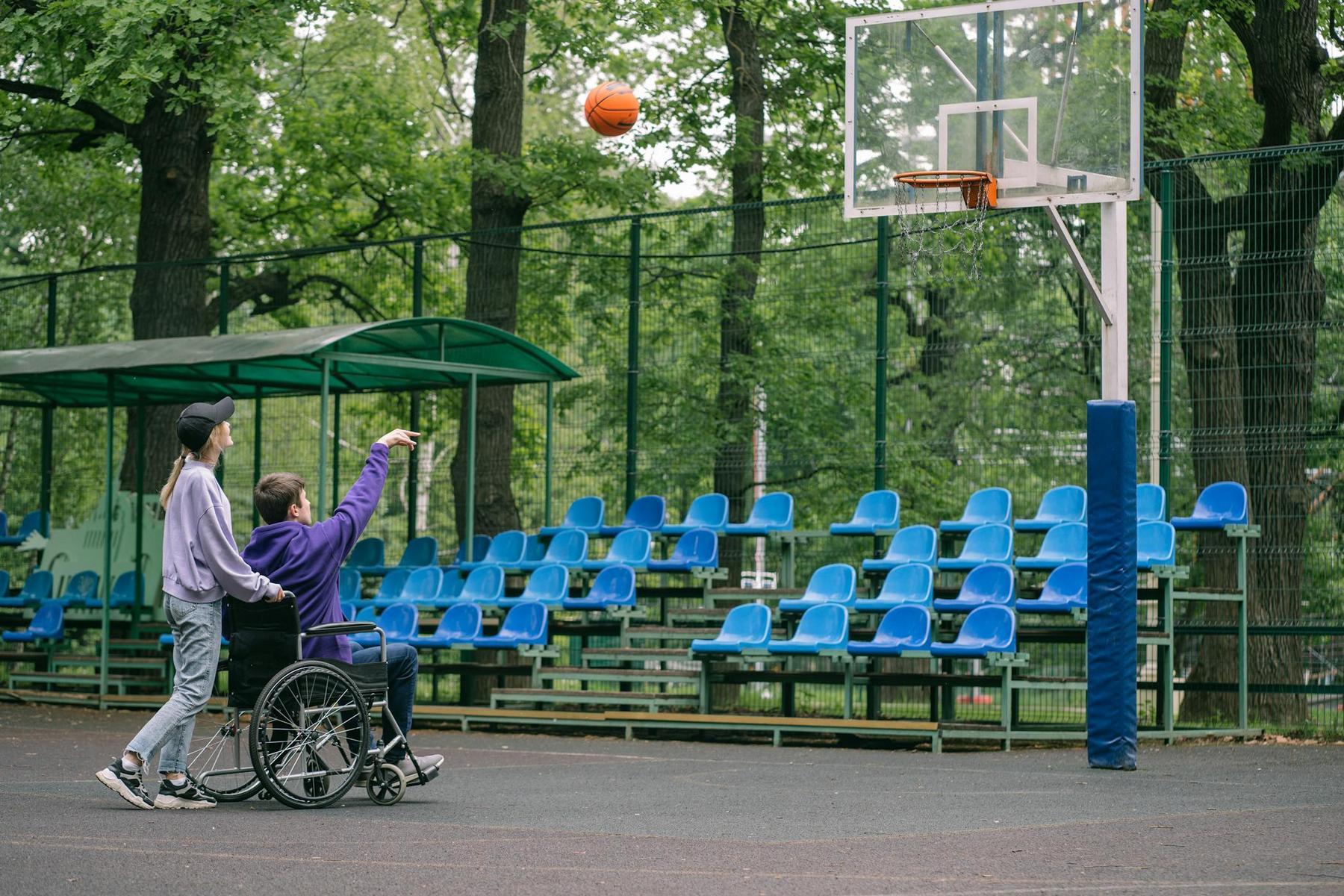In the vibrant multicultural landscape of Queensland, where Cairns alone hosts residents from over 100 different cultural backgrounds, the need for culturally competent disability care has never been more pressing. Picture Sarah, a dedicated support worker in Brisbane, struggling to understand why her carefully planned support sessions aren’t connecting with participants from diverse cultural backgrounds. Despite her best intentions, she’s witnessing disengagement, missed appointments, and plan underutilisation. This scenario plays out across countless disability services throughout Queensland, highlighting a critical gap between good intentions and meaningful outcomes.
Cultural competence in disability care represents far more than simply being aware of cultural differences—it demands a fundamental transformation in how we approach support services. When disability providers truly embrace cultural diversity, remarkable changes occur: engagement metrics improve by 74%, service disparities in culturally and linguistically diverse (CALD) communities reduce by 27%, and participants report significantly higher satisfaction with their support journey.
Why Does Cultural Competence Matter in Disability Support Services?
Cultural competence forms the cornerstone of effective disability support, particularly in diverse regions like Cairns, where 22% of residents are overseas-born and 10% identify as First Nations peoples. This demographic richness brings both opportunities and challenges that require sophisticated understanding and adaptive responses.
The significance extends beyond mere demographics. Research consistently demonstrates that culturally competent care transforms participant outcomes through improved trust, enhanced communication, and more meaningful engagement. When support workers understand and respect cultural nuances, participants feel valued as whole individuals rather than simply recipients of standardised services.
The National Disability Insurance Scheme (NDIS) framework explicitly recognises cultural competence as essential for equitable service delivery. This recognition stems from documented evidence showing that traditional, one-size-fits-all approaches often fail to address the unique needs and perspectives of culturally diverse participants. The NDIS CALD Strategy, developed through consultation with over 800 culturally diverse stakeholders, emphasises that effective support must acknowledge and integrate cultural values, communication styles, and family structures.
Cultural safety represents the evolution from basic awareness to systematic change. Unlike cultural awareness, which focuses on knowledge acquisition, cultural safety demands that participants experience care environments as spiritually, socially, and emotionally secure. This paradigm shift requires dismantling institutional barriers and co-designing services that genuinely reflect participant needs and preferences.
How Can Support Workers Develop Cultural Competence Skills?
Developing genuine cultural competence requires a multilayered approach that progresses far beyond basic cultural awareness training. The journey begins with cultural humility—a lifelong process of self-reflection that challenges power imbalances in care relationships and acknowledges the limitations of one’s cultural perspective.
Effective skill development follows a staged competency progression: foundational awareness leading to applied skills, culminating in advanced co-design capabilities. This progression recognises that cultural competence isn’t a destination but an ongoing journey of learning and adaptation.
Essential Competency Areas
Communication adaptations form the foundation of culturally competent practice. This involves understanding linguistic, paralinguistic, and proxemic differences that influence interaction quality. For instance, standard assessment tools frequently misinterpret communicative indirectness common in Asian and First Nations cultures as lack of engagement, when in reality, these communication styles reflect cultural norms around respect and hierarchy.
Decision-making frameworks must acknowledge that collective cultures often involve extended family in care planning, contrasting sharply with Western individualistic approaches. Support workers need skills in facilitating family conferences that respect hierarchical decision-making while ensuring participant autonomy isn’t compromised.
Temporal orientations present another crucial area. Polychronic cultures may prioritise relational connection over strict schedule adherence, requiring flexible service delivery models that accommodate these cultural preferences without compromising support quality.
The most successful organisations implement cultural mentorship programs, pairing staff with cultural brokers from participant communities. These partnerships provide invaluable insights into cultural nuances while building authentic relationships that enhance service delivery.
What Are the Key Challenges in Serving First Nations Participants?
First Nations Australians experience disability at double the national rate yet remain significantly underserved, with only 7.7% accessing NDIS supports despite higher need prevalence. This service gap stems from colonial legacies creating triple barriers: geographic isolation, cultural mistrust of institutional services, and Western disability models conflicting with Indigenous ontologies.
Traditional Western disability frameworks often fail to recognise that First Nations disability concepts incorporate ancestral, spiritual, and community dimensions absent from clinical definitions. Where clinical assessments typically measure functional capacity against standardised benchmarks, First Nations communities may view disability through the lens of connection to Country, cultural obligations, and spiritual wellbeing.
Culturally Safe Engagement Principles
Effective engagement requires Elder-guided assessments that integrate cultural knowledge holders in planning processes. This approach recognises that Elders possess deep understanding of cultural protocols, family dynamics, and community needs that clinical assessments might overlook.
Two-way learning systems blend clinical expertise with traditional wisdom, creating support plans that honour both contemporary disability support principles and ancient cultural practices. This integration proves particularly important for participants who rely on traditional healing methods alongside conventional interventions.
Connection maintenance ensures that disability supports facilitate ongoing kinship and Country obligations rather than creating barriers to cultural participation. For many First Nations participants, the ability to maintain cultural connections directly impacts their wellbeing and support effectiveness.
The NDIS First Nations Strategy 2025-2030 operationalises these principles through dedicated Cultural Safety Facilitators who mediate between participants and mainstream providers while monitoring for discriminatory practices. Early implementation data shows 27% improved plan utilisation when First Nations participants direct funding to Aboriginal Community Controlled Health Organisations (ACCHOs).
How Should Services Adapt for CALD Communities?
Culturally and Linguistically Diverse (CALD) participants experience distinctive service barriers, with language differences contributing to 35% of plan misunderstandings and cultural unfamiliarity causing 42% of participant disengagement. The NDIS CALD Strategy 2024-2028 addresses these through comprehensive multilayered solutions.
Linguistic Accessibility Infrastructure
Effective communication requires moving beyond basic translation to comprehension assurance. Best practices include tiered interpretation systems: Level 1 employs certified interpreters for assessments, while Level 2 utilises bilingual support workers for daily implementation. This approach recognises that different interactions require different levels of linguistic support.
Visual planning tools and pictorial schedules transcend language barriers entirely, enabling participants with limited English proficiency to understand and engage with their support plans. Cultural mediation through trained bicultural workers explains NDIS concepts through culturally relevant analogies, making complex systems more accessible.
| Cultural Competence Strategy | Implementation Approach | Measured Outcome |
|---|---|---|
| Bilingual Support Workers | Matching workers to participant backgrounds | 59% higher goal achievement |
| Cultural Navigators | Specialists addressing cultural dimensions | 77% reduced plan revisions |
| Visual Planning Tools | Pictorial schedules and video resources | 61% higher plan utilisation |
| Cultural Mentorship | Pairing staff with cultural brokers | 68% higher social participation |
Data demonstrates that participants receiving linguistically tailored supports show 59% higher goal achievement and 77% reduced plan revisions. Crucially, translations must accommodate regional dialects—a lesson learned when Mandarin materials failed for Cantonese-speaking participants.
Cultural Responsiveness Frameworks
Cultural competence for CALD communities requires recognising immigration contexts that influence disability experiences. Refugee trauma affects help-seeking behaviours and trust development, while transcultural identity creates navigation challenges between dual cultural expectations. Acculturation stressors impact family dynamics and support acceptance, requiring sensitive, informed responses.
The CALD Strategy prioritises cultural navigators—specialists addressing these dimensions through religious observance accommodations, family conference models respecting hierarchical decision-making, and culinary adaptations preserving cultural identity through food.
What Environmental Adaptations Support Cultural Diversity?
Culturally responsive service environments extend far beyond multilingual signage to encompass spatial arrangements that respect cultural norms and practices. In Cairns-based disability services, this includes creating sacred spaces for First Nations smoking ceremonies and spiritual practices, gender-segregated common areas accommodating religious requirements, and flexible meal systems providing culturally appropriate nutrition including halal options and traditional bush foods.
Service structure adaptations prove equally vital. Traditional 9-5 support models frequently clash with cultural obligations—evidenced by 42% of Muslim participants missing appointments during Ramadan in pre-adapted systems. Leading providers implement cultural accommodation modules enabling evening and weekend services, mobile outreach eliminating transportation barriers, and family-centric planning sessions.
Cultural brokerage employs local Indigenous staff as cultural interpreters, while kinship respite care trains family networks in high-intensity support techniques. These approaches recognise that therapeutic effectiveness depends more on cultural continuity than clinical intensity, with participants reporting 83% higher satisfaction when disability services incorporate traditional practices.
Moving Forward: The Future of Culturally Competent Care
The evolution of cultural competence in disability care represents a fundamental shift from viewing diversity as a complication to recognising it as vital knowledge that enriches support ecosystems. When providers embrace cultural humility as a core practice philosophy, disability services transform from transactional interventions to culturally grounded enablement pathways that honour the whole person within their community context.
Despite significant progress, challenges remain. Only 12% of NDIS providers employ bilingual staff, standardised assessment tools often fail to capture cultural disability expressions, and specialised cultural supports frequently exceed NDIS price ceilings. However, emerging solutions show promise: digital cultural mentorship overcomes geographic barriers, co-design accelerators enable rapid prototyping of culturally responsive innovations, and intersectional data analytics identify compounded disadvantage patterns.
The evidence consistently demonstrates that cultural competence constitutes not an optional enhancement but the foundational commitment to delivering disability services worthy of Australia’s diverse multicultural identity. This paradigm shift promises not only improved individual outcomes but progress toward disability support systems that truly reflect and celebrate our nation’s vibrant cultural landscape.
What specific training do support workers need for cultural competence?
Support workers require staged competency progression including foundational cultural awareness, applied intercultural communication skills, and advanced co-design capabilities. Training should encompass cultural humility principles, bias recognition, simulation-based assessments, and mentorship programs pairing workers with cultural brokers from participant communities.
How does cultural competence improve NDIS plan outcomes?
Research demonstrates that culturally competent care improves participant engagement metrics by 74% and reduces service disparities by 27% in CALD communities. Participants receiving culturally tailored supports show 59% higher goal achievement, 77% reduced plan revisions, and 61% higher plan utilisation rates.
What are the key differences between serving First Nations and CALD participants?
First Nations participants require recognition of spiritual, ancestral, and Country connections in disability conceptualisation, while CALD participants need linguistic accessibility and immigration context awareness. Both groups benefit from cultural navigators; however, First Nations support emphasises Elder involvement and traditional healing integration, while CALD support focuses on interpretation services and acculturation stress management.
How can small disability providers implement cultural competence with limited resources?
Small providers can begin with cultural mentorship partnerships, visual planning tools, and flexible service delivery models. Digital cultural mentorship platforms, community cultural brokers, and collaborative arrangements with culturally specific organisations provide cost-effective pathways to enhanced cultural competence.
What role does family involvement play in culturally competent disability care?
Family involvement varies significantly across cultures, with collective cultures often requiring extended family participation in care planning. Culturally competent providers facilitate family conference models that respect hierarchical decision-making while ensuring participant autonomy, recognising that family engagement often determines support plan success in culturally diverse communities.



